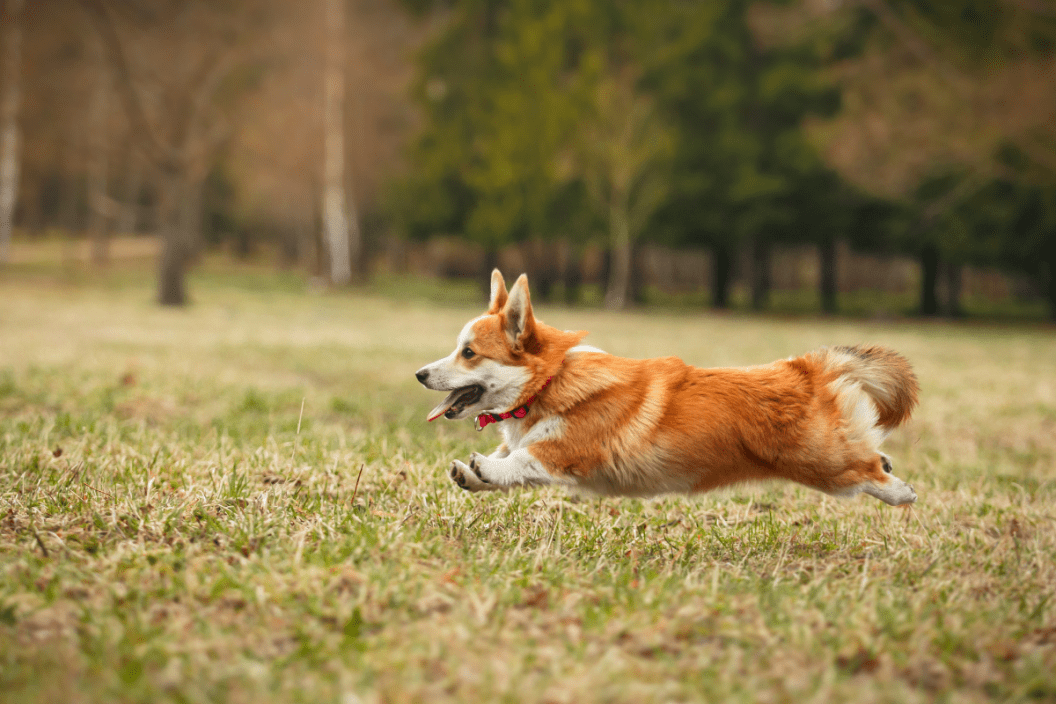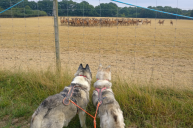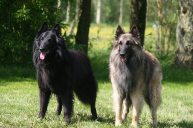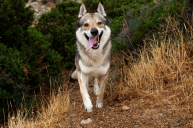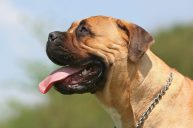Did you know there are two types of Corgis?
The Welsh Corgi dog breed is a tiny purebred herding dog breed that was brought to Wales by Flemish weavers, and is one of the oldest dog breeds. There are two separate breeds: the Pembroke Welsh and the Cardigan Welsh, who are both part of the herding group of dogs. They have strong herding instincts and need lots of mental stimulation to avoid obesity and socialization issues. There are physical variations between the two breeds, although Cardigans are bigger in general. The Pembroke is the more popular of the two, although it is still on The Kennel Club's list of Vulnerable dog breeds in the United Kingdom. Much like the dachshund, spitz, pomeranian, Swedish vallhund, keeshond, and collie, Corgis are popular for their small size, intelligence, and medium-length coat.
Corgi History
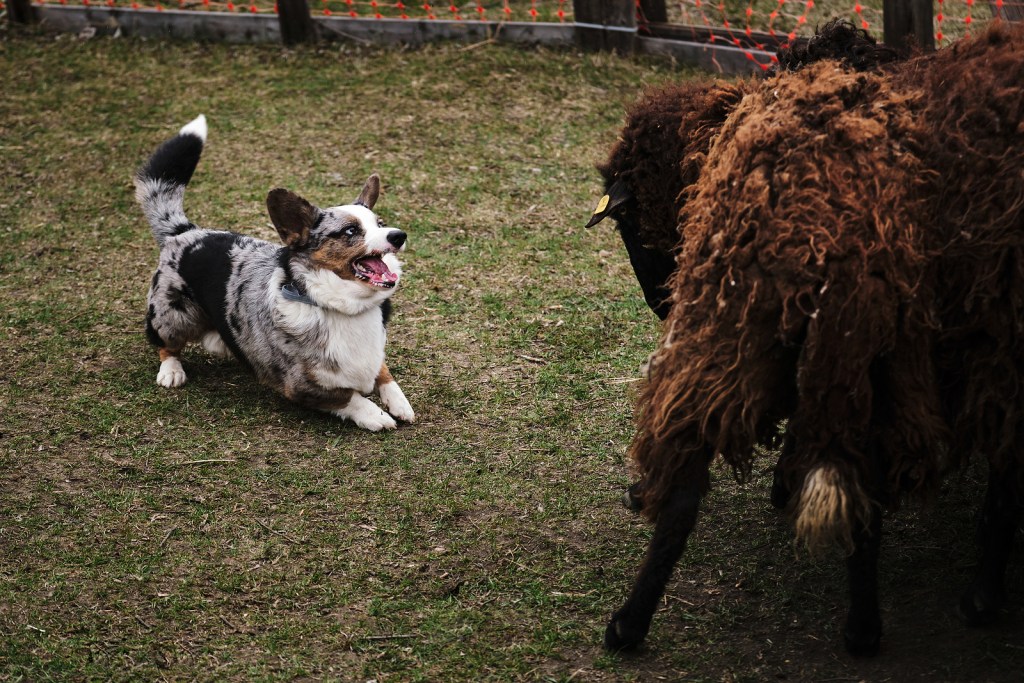
Pembrokeshire and Cardiganshire are ancient agricultural counties in Southwest Wales that are adjacent. Welsh Corgis were cattle herding dogs, a type of herding dog known as a heeler, since they would bite at the heels of larger animals to keep them moving. In Welsh, the name Corgi can refer to either a cur dog or a dwarf dog (cor = dwarf, gi = lenitive of ci, dog). The breed dates back to at least the 10th century, when warrior Celts brought a form of the dog to Wales.
In 1927, the Welsh Corgi made its debut at Crufts. Corgis first appeared in the show ring in Wales in 1925, according to records. Corgis began to appear in conformation events when a generic breed standard was developed. The Pembroke variant piqued the club's interest the most. However, the Cardigan variation emerged as well.
The Cardigan Welsh Corgi dog breed and Pembroke Corgi dog breed share numerous characteristics, including water-resistant coats that shed twice a year on average. The Cardigan's body is somewhat longer than the Pembroke's, but both have short legs, bringing their bodies near the ground. They both have a weather-resistant double coat consisting of an undercoat and an outer coat. Cardigans may be trained to compete in dog agility competitions, obedience, showmanship, flyball, tracking, and herding activities, among others.
Cardigan Welsh Corgi
https://www.instagram.com/p/CONg-I9JOjC/
Cardigans are the larger of the two breeds, with broad, rounded ears and a 12-inch (30-cm) fox-like, flowing tail that flows in line with the body. The skeletal structure of the Cardigan differs from that of the Pembroke in that the front two legs have a more prominent curve that fits around the animal's ribcage. Under conformation show rules, this breed of Corgi is meant to have white markings, while one with a black coat is permitted to have tan or brindle points. They are available in a variety of coat colors, ranging from red to the famous blue-merle pattern. Unlike the Pembroke Corgi, the Cardigan has a long tail.
Pembroke Welsh Corgi
https://www.instagram.com/p/CP1KtmLpSUL/
Pembrokes have pointed ears and are a little shorter in stature than Cardigans. A male dog of this breed should not weigh more than 30 pounds and should have an average wither height of 10-12 inches. They come in red, sable, fawn, black and tan, with white markings. The American Kennel Club (AKC) Pembroke Welsh Corgi breed standard contains no stated disqualification requirements. They are short, intelligent, strong, and hardy, with adequate stamina to work on the farm all day. They have short bobtails, unlike the Cardigans.
Personality
https://www.instagram.com/p/CP0x2scpP5X/
The Corgi is a robust, athletic, and active little dog. These small dogs with high energy levels make excellent family pets. They are friendly and companionable without being needy. They are one of the most popular herding breeds in the world. They are intelligent, empathetic dogs that enjoy playing with their human family and excel at being a working dog.
Herders are brave and self-sufficient since they were bred to move livestock. They are alert watchdogs with keen senses and a big dog bark. Families that can fulfill a Corgi's demand for action and companionship will never have a more devoted, loving pet. These athletic, tough herders adore the great outdoors and thrive on mental and physical stimuli.
Lifespan & Health Issues
https://www.instagram.com/p/CP2K7b3p4Ar/
Both Corgi breeds have a lifespan of about 12 years. They are generally healthy breeds and are not susceptible to many health problems. Reputable breeders check their corgi puppies for health conditions including elbow and hip dysplasia, progressive retinal atrophy (PRA), cardiac difficulties, degenerative myelopathy, and von Willebrand's disease, a blood illness.
As with all breeds, the ears of a Pembroke should be examined monthly for symptoms of illness, and the teeth should be cleaned regularly. Because this is a 'long and low' canine, one must be mindful of potential back issues. Avoid letting them jump down off the bed or couch, and stairs can also be a hazard. At the first sign of any distress or discomfort, see the vet right away. The sooner a problem is caught, the quicker the recovery.
Corgis in Pop Culture
https://www.instagram.com/p/CF9MhslpCDj/
Princesses Elizabeth and Margaret admired Thomas Thynne, 5th Marquess of Bath's Corgis. Prince Albert, Duke of York, their father, acquired the Pembroke Corgi Rozavel Golden Eagle. Princess Elizabeth was subsequently given her Pembroke, Susan, for her 18th birthday in 1944. She developed a close bond with the dog, so much so that the dog was hidden behind rugs in the Royal Carriage after her wedding to Prince Philip. Queen Elizabeth II has bred ten generations of dogs from Susan, and she owns almost 30 of them.
Corgis have also appeared on the big screen, the stage, and in books. Ein, a super-intelligent Pembroke Welsh Corgi, is in the crew of the anime Cowboy Bebop. The Top Shelf graphic novel Korgi is based on the mythology of the Corgi as a faerie draft animal. It contains "Mollies" (fairy-like beings) that live in intimate contact with the land, as well as their Korgi companions, who are based on and resemble Welsh Corgi breeds. Cheddar Holt-Cozner is the Pembroke Welsh Corgi owned by Raymond Holt and Kevin Cozner in the American television series Brooklyn 99.
Share your favorite corgi dog breed with us on the Wide Open Pets Facebook page!
